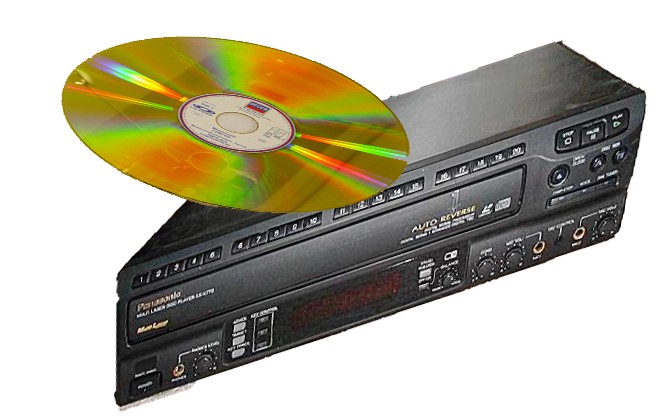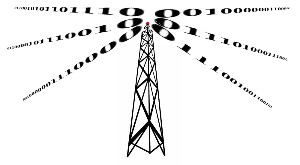A Digital Primer
It’s all so confusing!

Let’s start at the beginning: DVD’s Actually, before DVD’s there were Laser Discs, but let’s not muddy the waters with insignificant details! With the advent of DVD’s, we consumers had our first experience with digital video, AND our first experience with high definition. DVDs offered the viewer twice as many lines of resolution as VHS videotapes. We were all blown away by how sharp and clear the video images were. Back in the day. Like, last century.

Along came Digital TV It was only a matter of time before television broadcast designers figured out how to use the digital technologies used by DVDs and computers to broadcast video signals over the air. And then the FCC mandated that all broadcasters switch over to digital, because it uses so much less bandwidth.

Is Digital TV High Definition? Not necessarily! Low definition videos can be broadcast digitally just as easily as high definition videos. In fact, they often are – reruns of old TV series and made-for-TV movies, for example. But for sure, before there was Digital TV, it was not possible to broadcast in Hi Def, whereas now almost all current programs are broadcast in Hi Def.
Three kinds of high The “Definition” of a video refers to the number of vertical lines of resolution in the picture. Standard DVDs provide 480 lines of resolution, which is lowest level of high definition. Purists will tell you that it’s not high definition at all, but those of us who remember VHS will offer an argument to the contrary.
Most digital tv is broadcast at 720 lines of resolution. This is what purists call “true” high definition, but it’s not the highest high.
1080p and the Blu Ray disc This is the highest of high definition formats. Some programming is now being broadcast at this level. All Blu Ray discs are recorded at this level. The “p” means “progressive” and it refers to the way the video shifts in its entirety from one individual frame to the next. Contrast to “i”, which means “interlaced”, a method that shifts every other line of the image at a time. Interlacing uses less bandwidth, but results in image “jitter”.
Four kinds of cable In the old days, we had a black cable with a screw on connector called an “F” connector. It screwed onto the antenna terminal on our old picture tube sets, and we tuned in on channel 3 to watch the video. Then we got the “composite video” cable, which transmitted the video signal directly into the set without changing it over to a broadcast. This reduced the distortion of the video by eliminating one level of conversion.
Composite video was good, but it wasn’t good enough for “true” HD. We needed a cable that could separate the three basic components of the video signal – called “luminence”, “blue differential”, and “red differential”, thus eliminating another layer of
 conversion by not having to combine them into a composite. What better way than to use three separate cables! Hence the “component video” cable, with its characteristic green, blue, and red color scheme.
conversion by not having to combine them into a composite. What better way than to use three separate cables! Hence the “component video” cable, with its characteristic green, blue, and red color scheme.
Component video is really good enough, but it’s not ideal, because A) it’s still introducing a level of conversion, from the digital source to analog, B) it’s kind of bulky to have three separate cables, and C) you still have to have an audio connection. Why not do it all with one digital cable? Enter the HDMI! Here we have a single cable of relatively small diameter, with a handy flat connector at either end, to carry a digital video signal AND a digital audio signal.
Which is best? StereoMan absolutely recommends using HDMI wherever possible. They’re actually quite economical, as long as you don’t make the mistake of buying at the Big Box Store. You can have the convenience of buying directly from me at a very good price, or I will gladly tell you where to get them online for an even better price, if you want to go to the trouble and save a few more bucks.
![]()